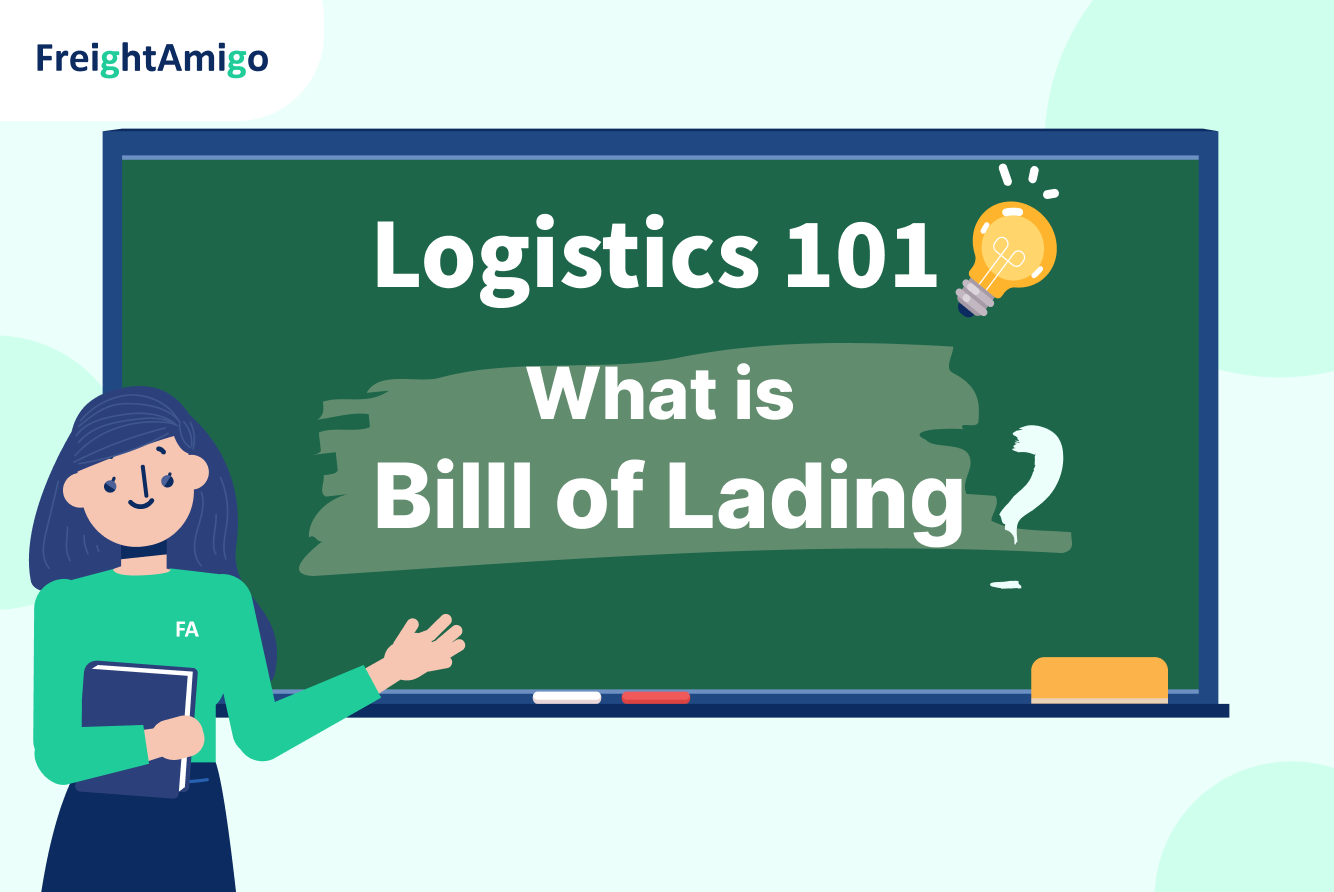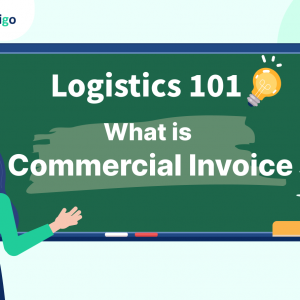Author Name: Emma Lui – Marketing Analyst at FreightAmigo
Large number of documents have to be addressed during logistic procurement. Omission and carelessness can result in cargo delay. Taking ‘bill of lading’ and ‘Sea Waybill’ as an example, people always mix them up! Let’s learn more about ‘bill of lading’ with FreightAmigo to enjoy a carefree logistics journey.
What is ‘Bill of lading’(B/L)?
‘Bill of lading’ is the acknowledgement of receipt of goods. When carriers or their agent receive cargo from shippers, they will issue it to the shippers as a legally enforceable contract. Before goods dispatch, you need to request for ‘bill of loading’ from your chosen carrier; When cargo arrives at the destination, you must collect it with an original ’bill of lading’ as the proof of ownership.
Functions of ‘Bill of lading’
- Acknowledgement of carrier ‘s and shipper’s responsibilities
- Documents of Title
- Shipment receipt
- Document for applying Trade Finance
‘Bill of lading’ VS ‘Sea Waybill’
‘Sea Waybill’ can also be used as a shipment receipt and contract of carriage, but it is non-negotiable and does not serve as documentation of ownership.
Why do we need a ‘bill of lading’?
Importance of ‘Bill of lading’
Since showing a ‘bill of lading’ to carriers can directly prove your ownership of the goods, it can protect the interest of you and others from ‘misdelivering’. Besides, shipping companies always handle multiple customers’ cargo at the same time. ‘Bill of lading’ can then enhance cargo management effectiveness by reducing human errors.
According to Customs and Excise Department (C&ED), a ‘bill of lading’ is required as one of the crucial supporting documents for cargo clearance! Meanwhile, to enjoy preferential tariffs in Hong Kong for their transshipment cargo, traders can apply for Hong Kong Free Trade Agreement Transshipment Facilitation Scheme (FTA Scheme). This application also requires ‘bill of lading’!
Learn more about Hong Kong Free Trade Agreement Transshipment Facilitation Scheme (FTA Scheme): https://www.customs.gov.hk/tc/trade_facilitation/fta/principle/summary/index.html
How to fill in?
- Shipper’s full name
- Consignee’s full name
- Port of Shipment
- Port of Discharge
- Details of Cargo (e.g., Size, Weight, Quantity, etc.)
- Freight rates: Freight prepaid, Freight collect
- Number of original ‘bill of lading’, etc.
You may fail to pick up your goods if the content of the ‘bill of lading’ and registered manifest are different. So, remember to double-check the content of the ‘bill of lading’ before shipment!
If you still have any questions about ‘bill of lading’ when planning your shipment, you are welcome to contact FreightAmigo and our customer service specialists at any time.
===
Prefer a greener logistics solution?
After searching for shipment quotations in FreightAmigo, select [ Greenest ] in [ Sorted by ], and you can compare the CO2e of each shipment solution immediately! Let’s Make Trade Greener.
Register for free and experience the new era of FreighTech x FinTech. If you have any questions, welcome to
Chat online / WhatsApp: +852 300898592










































